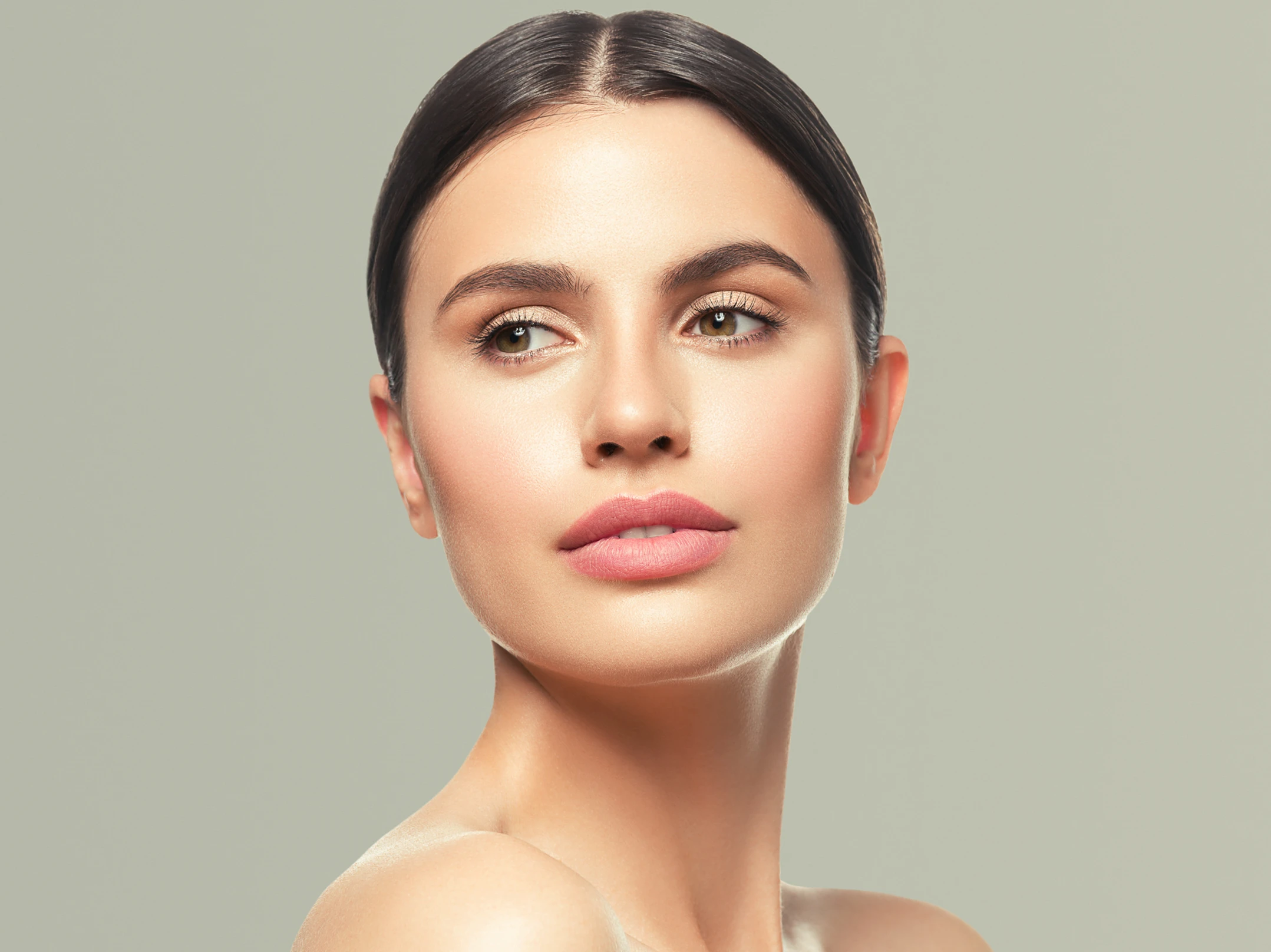Stretch marks, or “striae,” are formed from tearing of the dermis of the skin (the layer below the epidermis, or outer-most layer of the skin). The dermis is responsible for keeping the shape of the skin. Areas of the skin that have higher-than-normal cortisone levels (such as applying a topical steroid cream) are more at risk, as the dermis is thinner. As they emerge, the skin can appear thin and pink. It may also feel irritated or itchy. The marks initially develop as wrinkly, raised streaks that can be red, purple, pink, reddish-brown or dark brown, depending on skin color. The streaks eventually fade and flatten and tend to change to a silvery color over time.
Rapid weight gain can lead to stretch marks as the skin is stretching- how does losing weight then affect their appearance?
Losing weight doesn’t necessarily mean that the stretch marks will fade. However, they can disappear rapidly. If not, they will soften and fade over time.
What are some of the areas of the body you see most affected by stretch marks (and why are these areas more susceptible)?
Stretch marks form most commonly on areas of the body with a high fat content, such as the breasts, hips, abdomen, flank, buttocks, and thighs.
There are tons of lotions and oils out there claiming to help prevent stretch marks (especially for pregnant women), but is there any way to actually prevent them? How much can hydrating the skin with oils really help?
Treatments for stretch marks are quite frustrating, and we really don’t yet have the perfect treatment. There is a lack of evidence showing that creams, oils, lotions really help the appearance of stretch marks. Use the product when you first see stretch marks or notice the signs of itching. Topical products don’t usually work well on old stretch marks. That being said, may people still swear by them. Here are some tips: massage the products in and consistently apply the product over months. Lotions and creams do help with the itching that can be irritating.
How do genetics/skin color factor into someone’s likelihood to get stretch marks? It seems women are more affected than men – can you speak to this?
There is a genetic link to developing stretch marks. If your mother (or father) has/had them, you are likely to also get them. But, you can do your best to combat these genes with a healthy diet, weight management, Vitamin C, and healthy lifestyle.
Yes, men also get stretch marks, and some common reasons include increased cortisol (Cushing syndrome), growth spurt, weight training, growth hormone, and rapid fluctuations in weight. In adolescent men, they are most likely to occur in the buttocks, calves, back, or thighs.
What are some of the treatment options out there? How effective are they?
There are not many proven treatments for stretch marks. However, lasers, glycolic acid (exfoliant) and microdermabrasion have shown some minimal improvement.
What should be our attitude about stretch marks? What do you tell women who come into your office feeling insecure/looking for solutions to a skin issue that seems to be generally unavoidable/permanent?
They are often secondary to pregnancy, and patients should be reassured that they will fade over time. If underlying steroid use is the cause, re-evaluate why the steroid is being used and see if changes can be made. They are not “permanent,” and will fade. It’s just unknown how long that will take.
When it comes to stretch marks, they can be a little uncomfortable, not because of how they look, but just the sensation of skin actually stretching. Is there anything you can do to mitigate that (e.g. can keeping the skin moisturized make it less painful)?
Everyone is different, and some people will feel this sensation more than others. Yes, topical creams and lotions can help with the itching and stretching sensations. While they won’t necessarily help treat the actual stretch mark, they can provide symptomatic relief.






